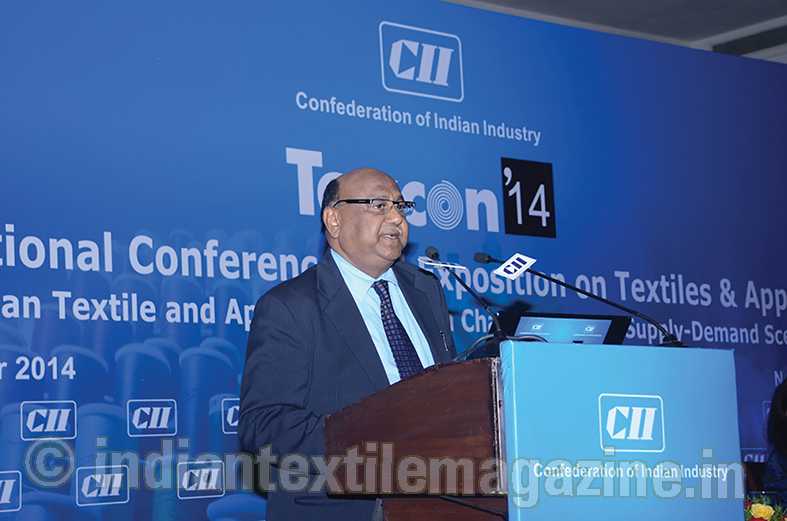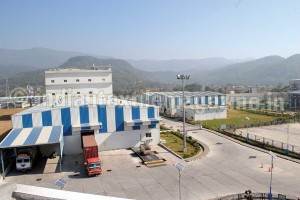Level playing field for domestic industry sought
Indorama Industries Ltd., the only spandex manufacturer in India, is planning capacity expansion by 2016 at an investment of $50 million. This investment will help the company to raise the spandex capacity from 5,000 to 11,000 metric tonnes per annum. Inviya, the flagship brand of Indorama, has by now established its presence in the Indian and global markets. The company is supplying 80 per cent of its production to the domestic market and the balance 20 per cent is exported to 15 countries worldwide.
Indorama, invested $80 million in 2012 for setting up a state-of-the-art plant spread across 25 acres of land in the industrial hub of Baddi in Himachal Pradesh. It was the first and till date the only spandex manufacturing facility in India and is equipped with the latest continuous polymerisation dry spun technology, manufacturing 5,000 metric tons of filament per year in the range of 15 deniers to 1,680 deniers.
Mr. Y.C. Gupta, Vice President, Indorama Industries Ltd., says: “Looking at the present demand for spandex in India, which is about 12,000 mt per year and growing at the ACGR of about 15%, the Indorama Group has decided to increase its production from 5,000 mt to 11,000 mt per annum by early 2016 at an investment of $50 million, with the expectation that the Government will bring suitable amendments in the forthcoming Budget to provide protection to our domestic industry by increasing the import duty on spandex yarn and reducing the duty to nil on import of raw materials, only for production of spandex yarn in India”.
Consumption of spandex is increasing day by day. By using it, every fabric will provide better comfort and a smoother feel.
In fabrics like denim, earlier only 10 per cent of good quality fabric was made with spandex and that too only for ladies outfits. Now all quality denim manufacturers are producing about 90 per cent or their fabric with spandex, for both men and women. All this clearly indicates a great future for spandex in India.
The Indorama spandex plant has almost reached its full capacity. But the biggest challenge that the company is facing is price competitiveness with foreign suppliers who have huge capacity and low cost of production due to local availability of all the raw materials required for producing spandex.
Mr. Gupta further says: “We are using 14 Imported raw materials to produce the Inviya spandex in India, but except for two raw materials, we have to pay import duty of 7.5% to 10% on all others and will have to compete with spandex producers of ASEAN countries for whom the raw material is locally available. Also, the duty in India on import of finished spandex is also only 3% compared to 10% in other ASEAN countries where spandex is manufactured locally”.
In the Central Budget this year, the Government reduced import duty on raw material used for manufacturing spandex from 5% to nil. This was for two out of the 14 different raw materials that are being imported.
Mr. Gupta has urged the Government to provide a level playing field to spandex producers in India if the vision of the Prime Minister is to be made a reality. Spandex production is one of the most relevant examples as it is 100% import substitutive.
Talking about the new government at the Centre and the Make-in-India programme, Mr. Gupta says: “Our Prime Minister’s “Make in India” programme is a wonderful one for revival of our economy. However, the Government should be careful while making new international agreements or while revisiting them, as the present agreements are contrary to it in many cases and are bringing hurdles in the implementation of this vision. The Government will have to take bold decisions wherever possible on a case-to-case basis”.
Today, the total consumption of spandex is about 12,000 mt per annum, whereas in China it is more than 350,000 mt per annum. India has very good opportunities for future growth, provided a level playing field is assured to domestic producers.

